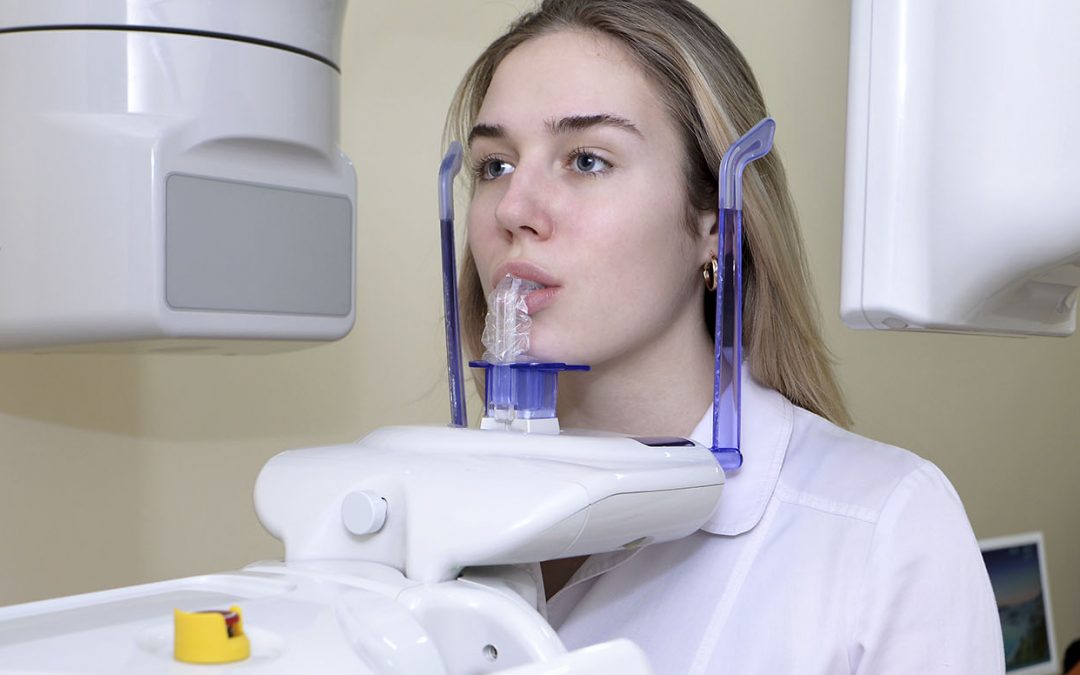ISO 21534 Dental Implant Surgical Device Functional Testing
The ISO 21534 standard is a critical framework that ensures the safety and efficacy of dental implant surgical devices. This international standard focuses on the functional testing, which includes loading, movement, and stability assessment to ensure these implants meet stringent requirements before they are used in clinical settings.
Dental implants play a crucial role in modern dentistry by providing patients with secure, long-lasting replacements for missing teeth. The performance of these devices is paramount; therefore, rigorous testing must be conducted to guarantee their reliability. ISO 21534 specifies the methods and criteria necessary to perform comprehensive functional tests on dental implant surgical devices.
The standard covers various aspects such as mechanical loading scenarios, movement simulation under load, and stability checks. These tests are essential because they help identify any potential issues that could arise during or after use in a patient's mouth. By adhering strictly to these protocols, manufacturers can ensure their products meet global quality standards.
Functional testing according to ISO 21534 involves several key steps:
- Specimen Preparation: Dental implants are typically tested using mock surgical sites made of materials that mimic bone tissue. These models allow for accurate simulation of loading conditions similar to those encountered during actual surgeries.
- Mechanical Loading Simulation: The device is subjected to different levels of force to simulate the types of loads it would experience in a patient's jawbone. This helps evaluate how well the implant can withstand these stresses without failing.
- Movement and Stability Assessment: After applying various loads, the movement and stability of the implant are carefully measured using high-precision instrumentation. Any excessive displacement or instability could indicate design flaws that need correction before product release.
The results from these tests provide valuable insights into the mechanical behavior and durability of dental implants. They also serve as a critical quality assurance tool during development, helping to refine designs and improve overall performance. Compliance with ISO 21534 is mandatory for manufacturers aiming to sell their products in markets that adhere to this international standard.
Accurate documentation and reporting are crucial components of compliance with ISO 21534. Detailed records should be maintained throughout the testing process, including all relevant data points from mechanical loading simulations, movement analyses, stability assessments, etc. Such thorough documentation ensures traceability and facilitates troubleshooting if any issues arise post-market.
By leveraging advanced testing techniques outlined in ISO 21534, laboratories can deliver reliable results that contribute significantly to the advancement of dental implant technology. This standard not only enhances patient safety but also promotes innovation within the industry by setting high benchmarks for product quality and reliability.
| Test Parameter | Description |
|---|---|
| Mechanical Loading Scenarios | Different types of forces simulating real-world conditions experienced by dental implants. |
| Movement Simulation | Replication of the implant's behavior under various loading conditions. |
| Stability Analysis | Evaluation of the implant's resistance to movement and displacement. |
In conclusion, adhering to ISO 21534 ensures that dental implant surgical devices meet stringent functional testing standards. This process plays a vital role in safeguarding patient health while fostering continuous improvement within the field of dentistry.
Benefits
The implementation of ISO 21534 brings numerous advantages to both manufacturers and end-users:
- Enhanced Patient Safety: Rigorous testing according to this standard minimizes the risk of complications associated with dental implants.
- Improved Product Quality: Compliance ensures that only high-quality products reach the market, promoting trust and satisfaction among consumers.
- Increased Regulatory Compliance: Meeting international standards facilitates easier access to global markets.
- Facilitates Innovation: By providing clear guidelines, ISO 21534 encourages research and development efforts aimed at creating next-generation dental implants.
These benefits collectively contribute to a more reliable and efficient healthcare system focused on delivering superior outcomes for patients undergoing dental procedures involving implantation.
Industry Applications
The application of ISO 21534 extends beyond just laboratory settings; it has significant implications across various sectors:
| Sector | Description |
|---|---|
| Dentistry | Primary use for ensuring the functional integrity of dental implants. |
| Biomedical Engineering | Incorporation into research and development processes to improve design. |
| Regulatory Bodies | Use in certification and approval processes for new products. |
The standard's broad applicability underscores its importance in maintaining the highest standards of safety and effectiveness across these diverse fields.
Environmental and Sustainability Contributions
- Eco-friendly Manufacturing Processes: By ensuring product quality, ISO 21534 helps reduce waste associated with defective or substandard dental implants.
- Promotion of Safe Use: Properly tested devices minimize the need for rework or replacement, thus reducing environmental impact.
- Supports Sustainable Dentistry Practices: Ensures that treatments are effective from the outset, contributing to overall sustainability in healthcare delivery.
The emphasis on sustainable practices within dental implant manufacturing aligns with broader efforts towards eco-consciousness and responsible resource management.





